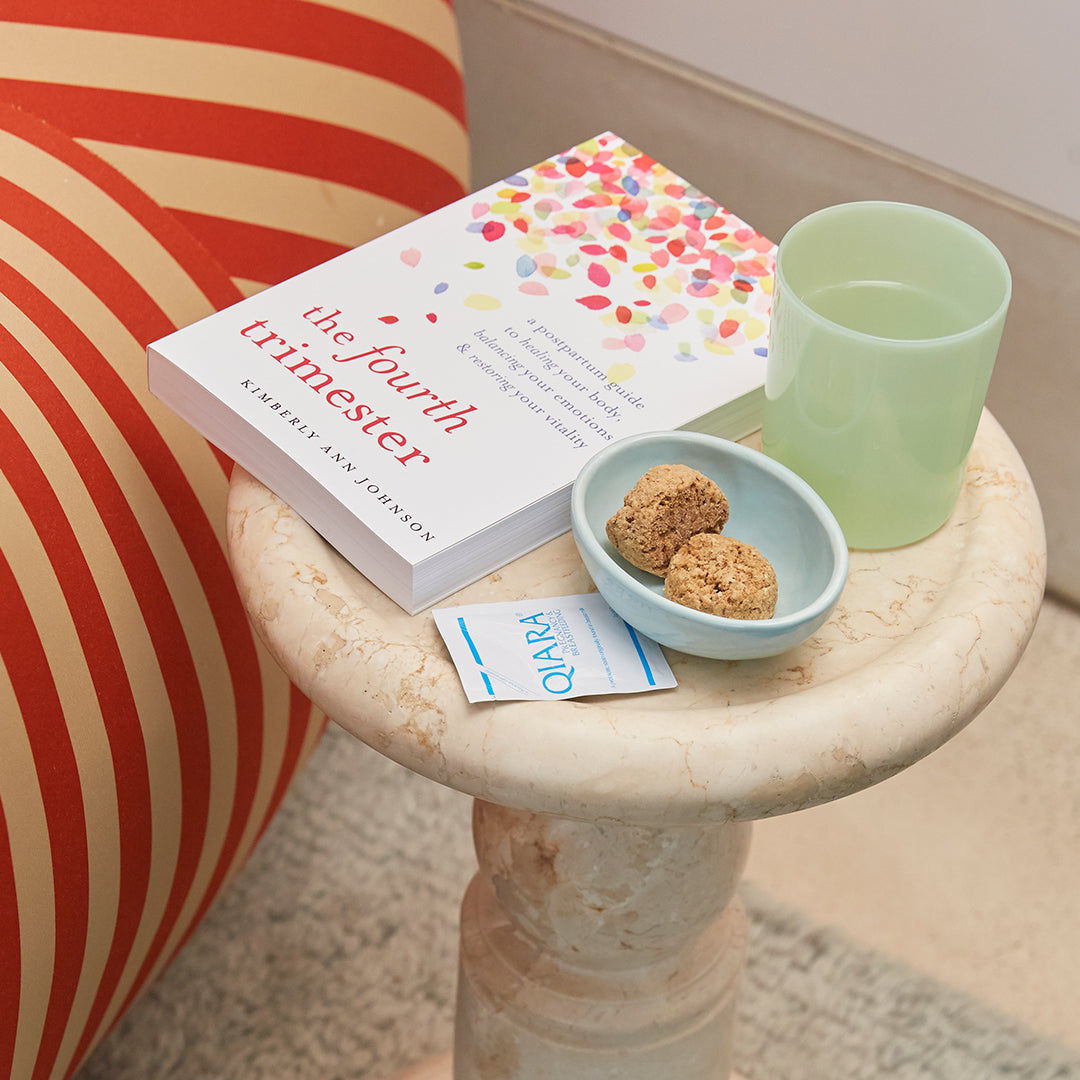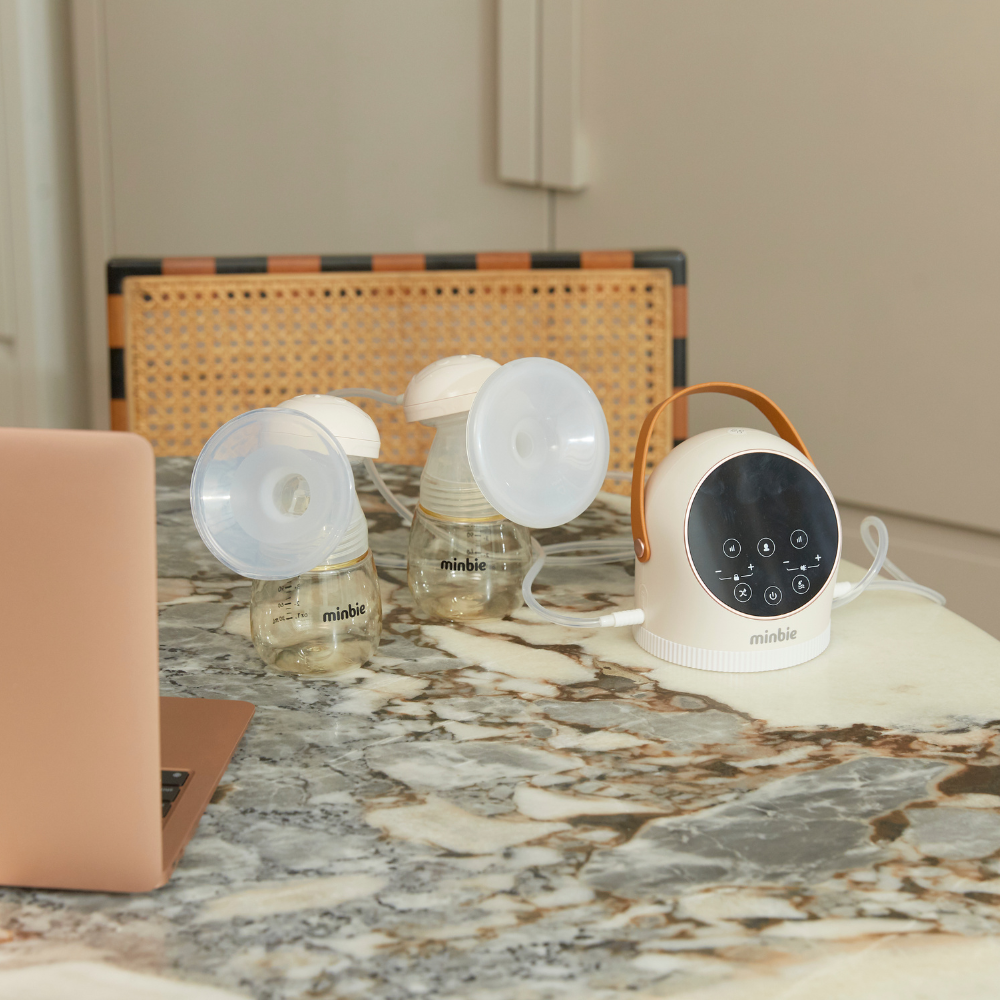If you want (or need) to bottle feed breast milk to your baby, you need to "express" milk, to do that, you'll need a breast pump. For some mums, this is something that happens right at the start of their feeding journey, for others it's down the line when they start to spend more time away from their baby. Expressed breast milk (EBM) means someone else can be feeding your baby. This can give you more freedom to rest, be away from them for more than a few hours, or just allow someone else to experience feeding them.
Now, expressing is an art unto itself and thankfully breast pumps have come a long way, and are as much about comfort as extracting milk (side note: if you're comfortable, you will naturally express more milk). Here, we're answering the top FAQs around pumps, and taking you through our top picks, so you can feel confident and informed when it comes to finding your perfect pump.
Question 1. Do I need a breast pump before giving birth?
A breast pump is not essential, and you might want to wait until you've figured out your breastmilk situation before you invest in a pump. The need for pumping has a lot to do with our birth, your milk supply, your kid, and your lifestyle. For example, if you would like to breastfeed as long as possible but are also a small business owner and need to go back to run the show three months postpartum, then probably, yes, you'll need a pump in early postpartum. If you want to exclusively feed breastmilk but let your partner do some of the feeding, then you'll need some milk collection device. If you are a go-with-flow kind of person with lots of leave and an open invitation for possibilities, then it's probably best to wait and see what happens. The Memo has fast delivery, after all.
Question 2 . Is pumping painful?
This depends on the tenderness of your breasts and nipples. For most, there is little to no pain. The correct fit goes a long way to minimising pain, so ensure you're follow the nipple measuring guides and use the correct flange size with your pump.
Question 3. Is pumping the only way to express milk?
The DUE Lots of Letdown is an excellent option for those who want to collect milk without pumping. It is a single piece of silicone that lightly sucks on the opposite boob while you feed to catch the excess milky goodness or ‘let down’. So less of an extractor and more of a softly motivating catcher. DUE Milk Catchys work similarly. They are comfy silicone collectors that sit in your bra between feeds and help you make the most of leaks. It is really normal to leak, a recent study found at 6 months postpartum 66% of nursing mums were still experiencing leaks. These can be caught by breastpads, certainly, but DUE Milk Catchys allow you to store them up so you can use that milk for extra feeds.
Question 4. What’s the difference between manual and electric?
Manual pumps are designed to complement mums who are full-time breastfeeding but pump on occasions, for occasions. Medela Harmony Manual Breast Pumpis a great option for casual pumpers. It’s affordable, portable (small enough to fit in your handbag) and silent. As the name implies, it’s manual, so it’s slower and more arduous when extracting milk; however, if you are not using it much, it’s not a burden. Good to have on hand for the occasional night away, engorgement, or should you hit a bump in your breastfeeding journey which requires additional pumping. Electric pumps pump on their own, so you just have to attach and wait.
Question 5. Double or single?
There are single and double pumps. Single pumps (meaning you do one boob at a time), like the Medela Solo Single Electric Breast Pump, are less expensive and great if you need to pump, but not a lot. Double pumps, which do both boobs together (with the option of just doing one), like Minbie Hospital Grade Breast Pump can yield at least 18% more milk and the biggest win is that it cuts expressing time in half. Worth the investment if you’re pumping regularly.
Question 6. Which ones are wearable?
Breast pumps are amazing, but they require you to stay in one spot (sometimes plugged into the wall). This is usually very manageable in early postpartum, but if you plan to continue breastfeeding for longer, and pumping is part of that, a wearable pump is a really handy investment. Wearable pumps can fit snugly in your bra for discreet expression (think at your desk, while driving or even out to lunch). This device is super worthwhile for mums who are on the go or for those who are planning to breastfeed often whether while back at work or just needing to do other stuff (like chase after an older sibling) while pumping.















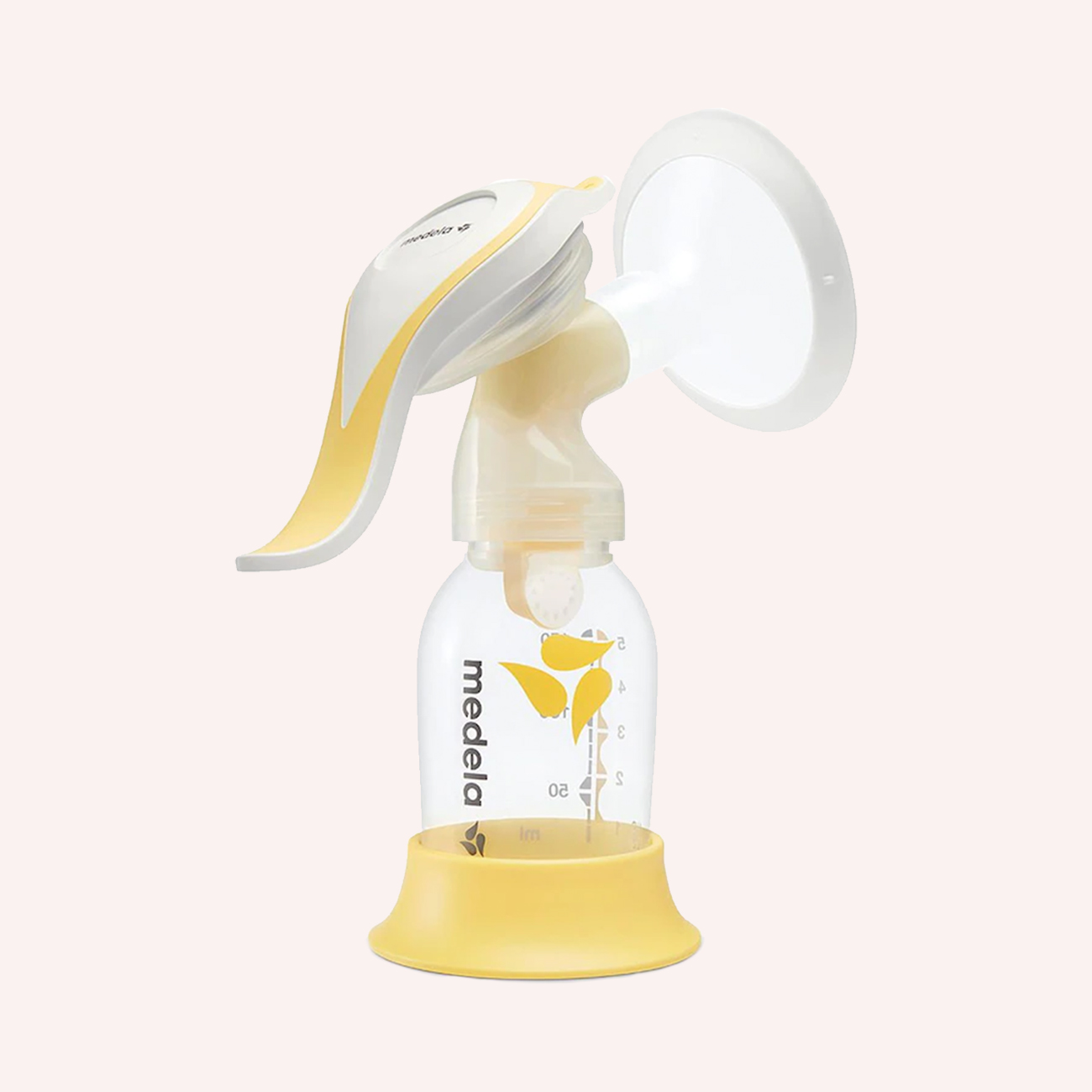
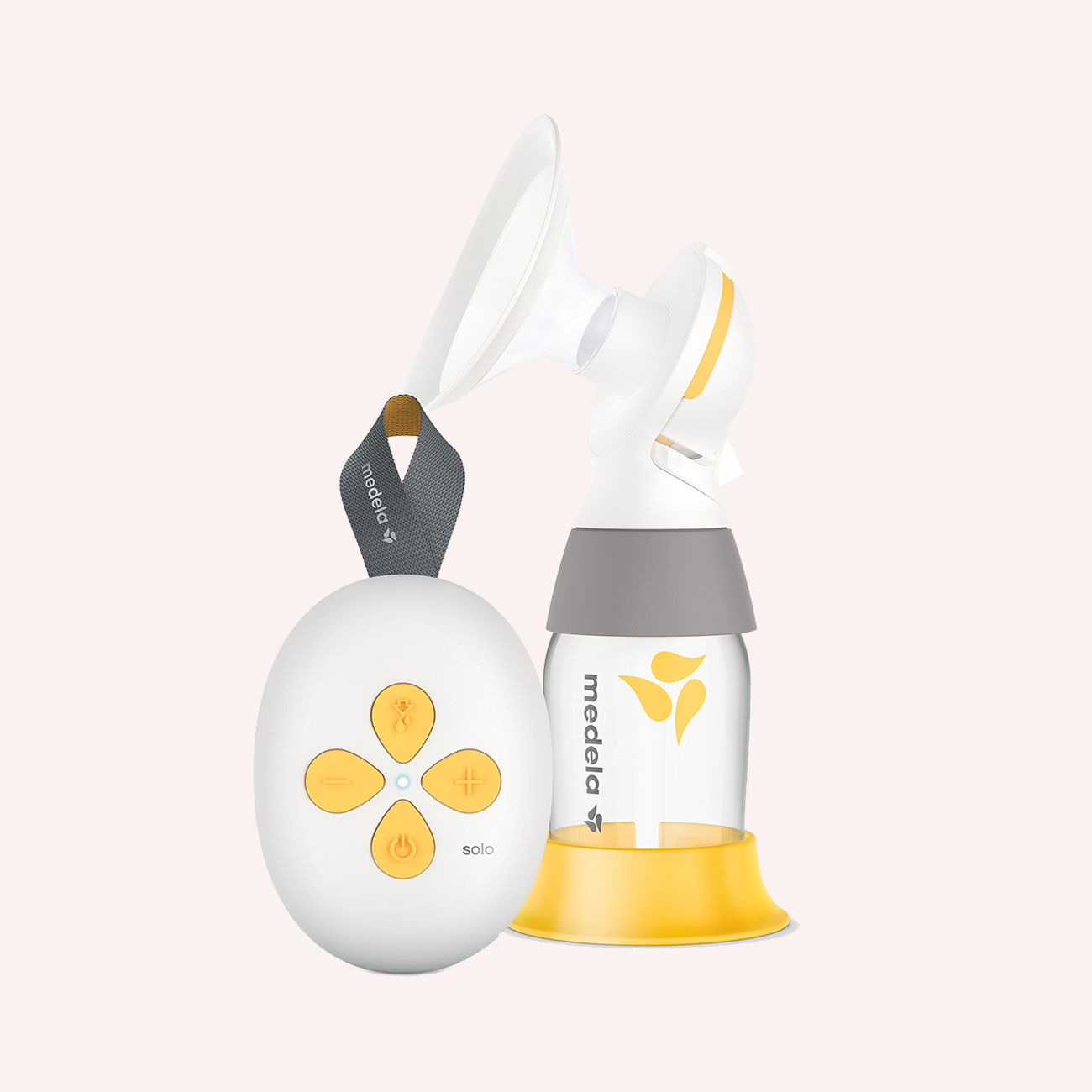
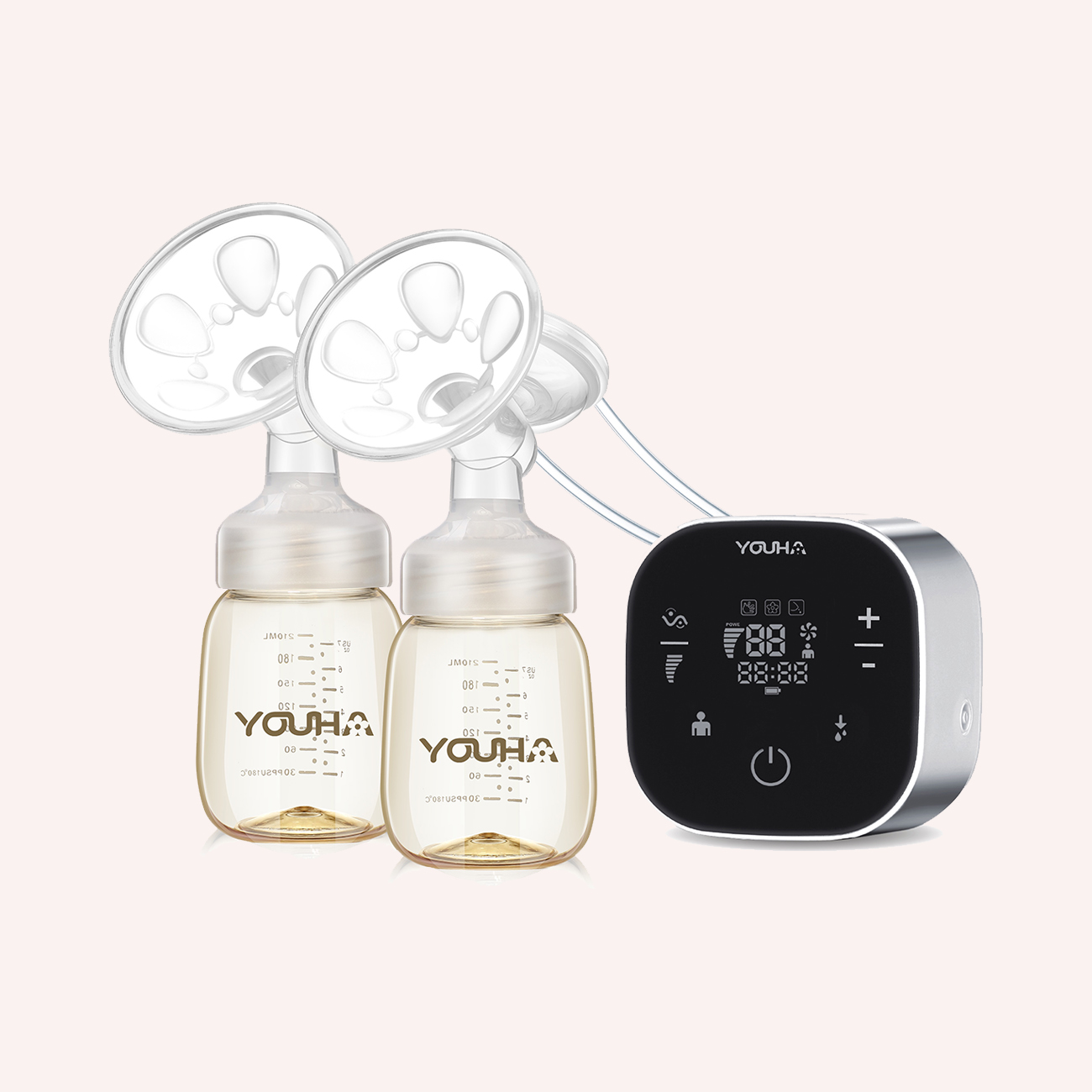

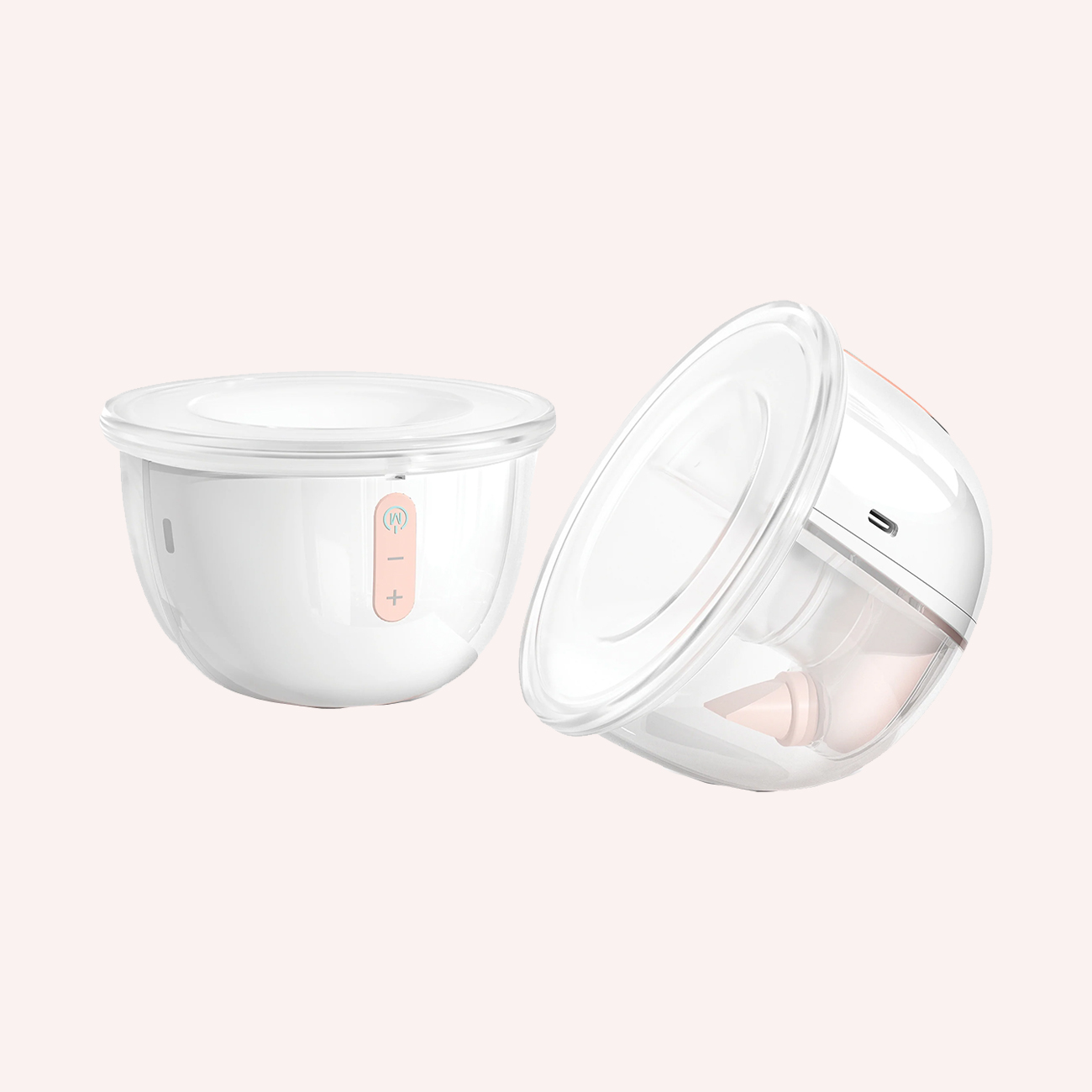

-v1741086823856.jpg?2000x2000)








































